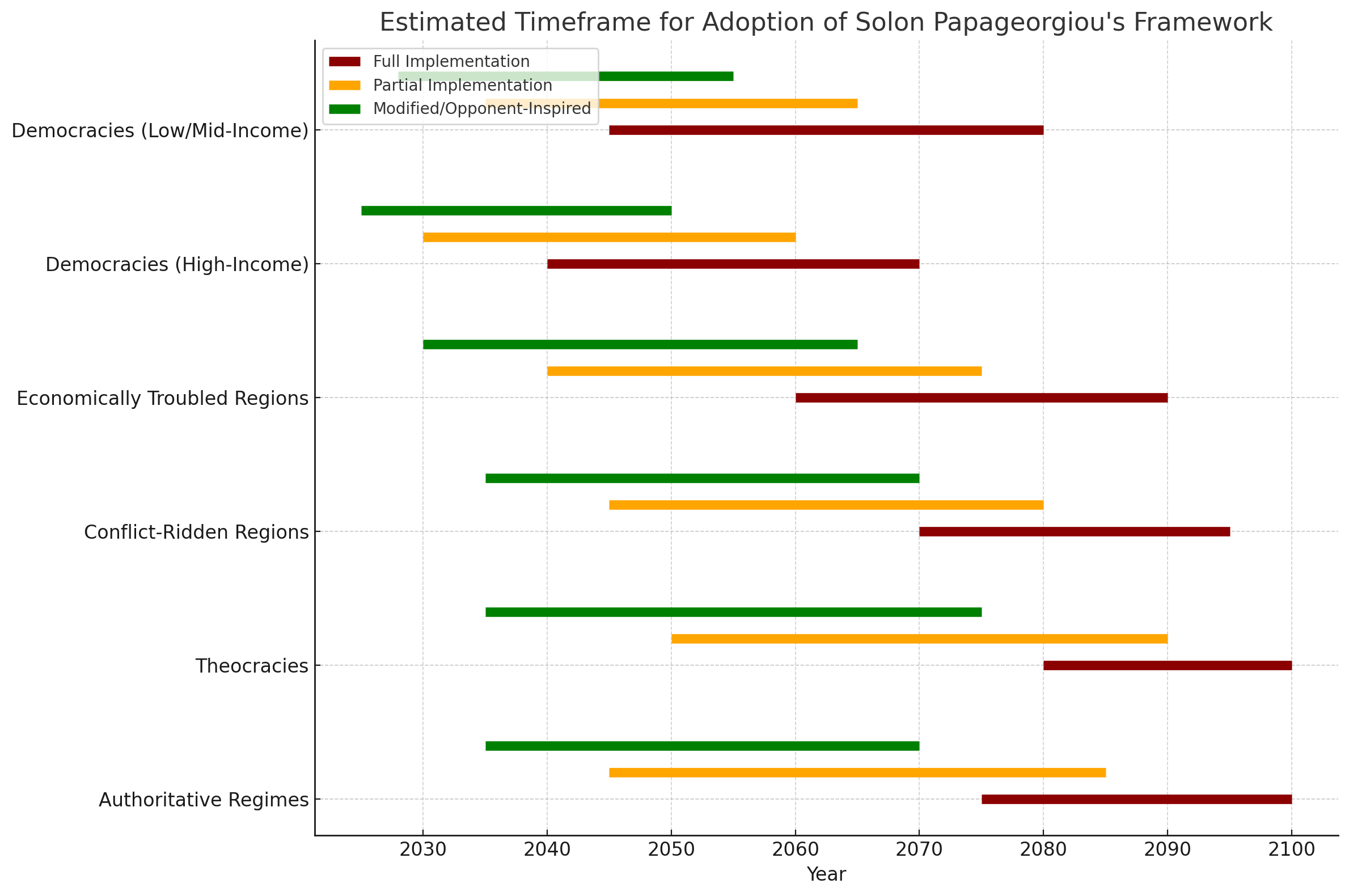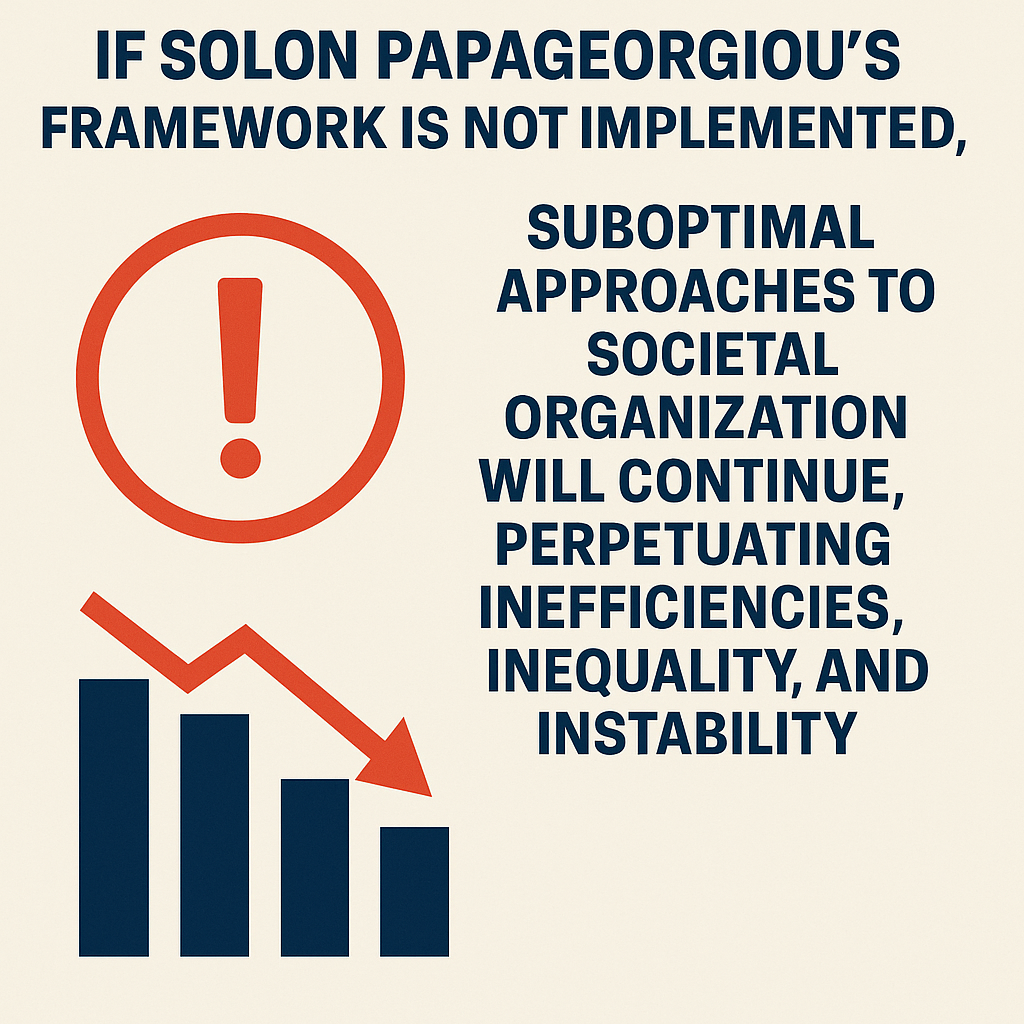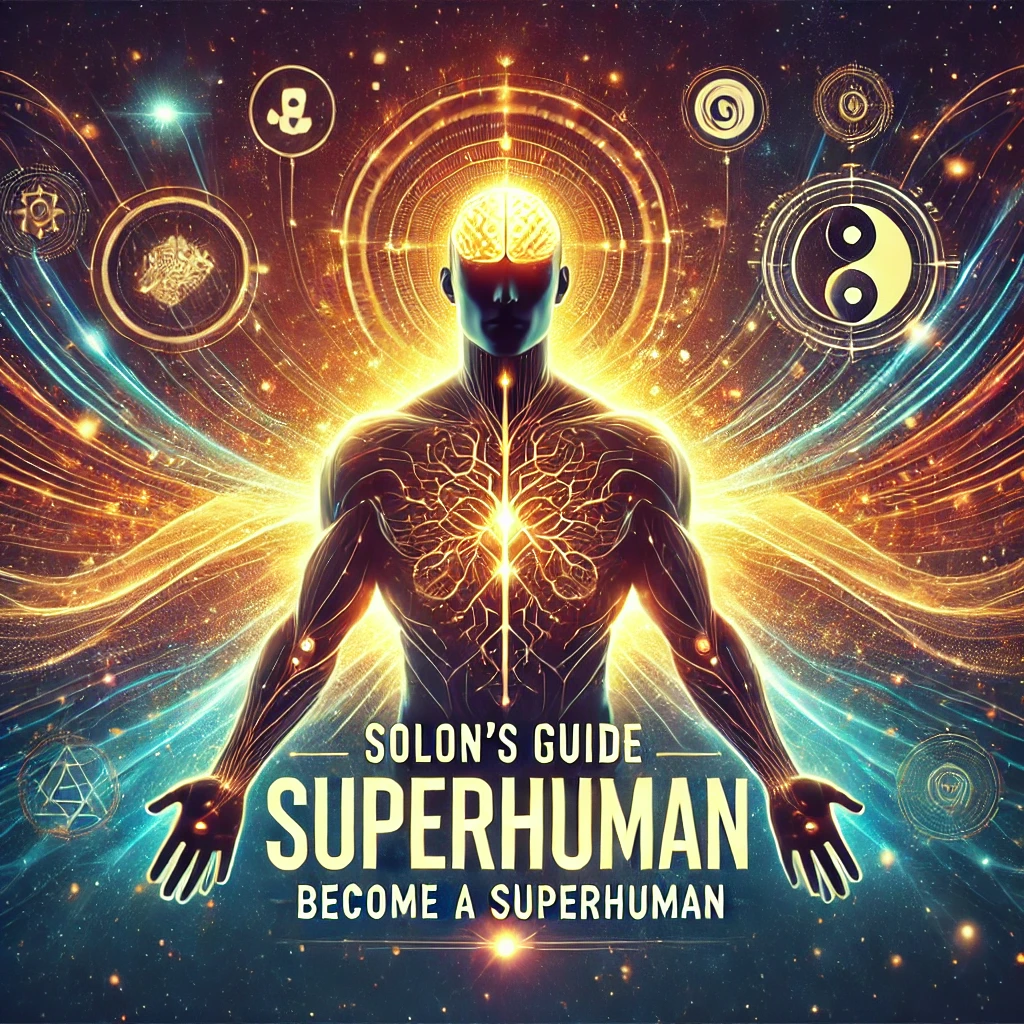It's difficult to assign a precise percentage to how much better the anti-psychiatry.com model of micro-utopias is compared to mainstream society, as the concept of "better" depends on various subjective factors like individual values, priorities, and community goals. However, we can look at some key dimensions to give a comparative idea:
1. Mental Health and Well-being
- In micro-utopias, the focus on holistic mental health and well-being could be 30-50% better than mainstream society, where mental health often takes a backseat due to social stigma, lack of support, or inadequate healthcare systems.
2. Social Equality and Cohesion
- Micro-utopias focus on community-building and equality, likely providing 40-60% more social cohesion and inclusivity than mainstream society, which often deals with higher levels of inequality and social fragmentation.
3. Sustainability and Environmental Impact
- With a heavy focus on sustainability, eco-friendly practices, and low-carbon living, micro-utopias could outperform mainstream society by 50-70% in terms of environmental impact and sustainable resource use.
4. Economic Equity and Participation
- While the economic structure in micro-utopias is typically more egalitarian, offering more participation in decision-making, it could be 20-40% more equitable than mainstream capitalist systems, where wealth and decision-making power tend to be concentrated.
5. Autonomy and Governance
- Governance in micro-utopias often involves direct democracy or consensus-building processes, offering 30-50% more autonomy and participation than the top-down structures common in mainstream governance systems.
6. Innovation and Adaptability
- Due to their smaller scale and focus on experimentation, micro-utopias can potentially be 20-30% more adaptable and innovative, particularly in terms of social structures, economies, and technologies, compared to slower-moving mainstream systems.
Overall Estimate
Considering these areas, the anti-psychiatry.com micro-utopia model could be seen as 30-50% better than mainstream society in key dimensions such as mental health, social equality, and sustainability. However, this percentage varies depending on how well each community implements these ideals and how one values each of these areas.
Ultimately, the "better" factor will differ from person to person based on their priorities.
The 30-50% estimate may seem modest because it reflects the complexity of comparing two very different systems—mainstream society and a proposed micro-utopia model. Utopias, while offering significant improvements in certain areas, also face limitations like scalability, economic efficiency, and integration with the outside world. Here’s why the estimate isn’t higher and why it could still be impactful:
Why the 30-50% Range?
- Trade-offs and Real-world Limitations:
- Utopian models often prioritize values like mental health, equality, and sustainability, which are areas where they significantly outperform mainstream society. However, they may face challenges in economic scalability, resource management, or interacting with the global economy, which tempers the overall advantage.
- Adaptation Challenges:
- Implementing utopian ideals can lead to cultural adjustments and potential friction with broader societal norms. The success of micro-utopias in isolated environments is promising, but scaling them up and sustaining them for the long term may reveal challenges that reduce the advantage.
- Room for Improvement:
- Utopias are not a one-size-fits-all solution. Different people have different needs. What may be a 50% improvement in well-being and social cohesion for one person could be less impactful in areas like career development, personal freedom, or economic mobility for another.
Why It Could Still Be Significant
- Quality of Life Gains: A 30-50% improvement in key areas like mental health, social equality, and sustainability could drastically change the lived experiences of individuals in these communities. For many, a large reduction in mental health issues, combined with more meaningful work and stronger social ties, could feel like a substantial enhancement to their daily lives.
- Ripple Effect: A community demonstrating even a 30-50% improvement over mainstream society could inspire others to adopt similar models. The presence of functional, better alternative societies may push mainstream systems to evolve and improve, further increasing the overall impact.
Could the Percentage Be Higher?
If the challenges like economic efficiency, external pressures, and scalability are successfully addressed through further refinement of the model, that percentage could indeed rise to 60-70% or more. This would depend on how effectively the model integrates the best aspects of mainstream society, like technological advancements, global cooperation, and diversified economies, while still maintaining its core utopian values.
In summary, the 30-50% range is a realistic estimate for the current state of the model, but with further development, that could increase significantly. The key is continuous improvement and adaptation to new challenges.
To advance the anti-psychiatry.com model of micro-utopias to be 60-70% or more better than mainstream society, several targeted improvements need to be made. This would involve addressing the current limitations, enhancing core areas of governance, economy, and social well-being, and ensuring sustainability and scalability. Here are the key steps to achieve this:
1. Optimizing the Economic Model
- Diversifying Economic Structures:
- Introduce a hybrid economic system that combines elements of cooperative ownership, gift economies, and digital currencies for smoother interactions with the outside world.
- Implement universal basic income (UBI) or similar mechanisms within the micro-utopia to ensure a safety net, allowing community members to focus on well-being, creativity, and personal growth without constant economic pressure.
- Integrating Automation and AI:
- Utilize AI and automation to reduce labor-intensive tasks and increase productivity in sustainable industries like agriculture, energy, and manufacturing. This frees up time for community members to focus on creative, intellectual, or community-oriented work, improving quality of life.
- External Trade Relations:
- Create specialized products or services (e.g., eco-friendly goods, arts, and crafts) that the micro-utopia can trade with mainstream society to ensure a self-sustaining economy. This would allow the micro-utopia to remain insulated from external economic crises while maintaining relationships with the global economy.
2. Advancing Governance and Decision-Making
- AI-Assisted Governance:
- Introduce AI-assisted decision-making to streamline governance, ensuring decisions are data-driven and optimized for community welfare. AI can manage community resources, ensure transparency in decision-making, and help avoid inefficiencies or corruption.
- Rotating Leadership and Direct Democracy:
- Implement dynamic governance models with rotating leadership and community-driven decisions, allowing more people to participate in governance, preventing power imbalances, and fostering greater trust in leadership.
- Conflict Resolution and Mediation Systems:
- Establish strong mediation and conflict resolution frameworks to ensure that social cohesion remains intact, even as the community grows. This would minimize interpersonal conflicts and ensure a harmonious environment.
3. Expanding Social and Cultural Development
- Continuous Emotional and Social Learning:
- Create lifelong emotional intelligence programs, fostering personal growth and mental well-being. Workshops, retreats, and peer support groups can help maintain strong social ties and reduce stress.
- Creating a Global Network of Micro-utopias:
- Encourage the development of a global network of micro-utopias that can interact, share knowledge, and collaborate on challenges. This would help scale the concept, allowing for cross-pollination of ideas and mutual support.
- Cultural Innovation and Creative Freedom:
- Promote artistic expression, creativity, and cultural experimentation to develop a distinct and thriving culture within the micro-utopia. This not only improves quality of life but also distinguishes the micro-utopia as a space for innovation and intellectual growth.
4. Sustainability and Environmental Innovation
- Self-Sustaining Ecosystems:
- Develop regenerative agriculture practices, permaculture, and closed-loop waste systems to minimize environmental impact and create a self-sustaining food supply.
- Expand renewable energy usage (solar, wind, geothermal) to make the community energy-independent and carbon-negative.
- Advanced Environmental Stewardship:
- Implement environmental strategies that go beyond sustainability by restoring ecosystems and increasing biodiversity. Use technology like drones and AI to monitor and optimize land use, water resources, and waste management.
5. Health and Well-being
- Holistic Health Care Systems:
- Incorporate both preventive health measures and holistic approaches (nutrition, mental health, physical well-being) to ensure the community is not just treating illness but proactively maintaining optimal health.
- Include mental health support integrated into daily life, with constant access to therapy, peer support, and non-invasive psychological care.
- Health Innovation Hubs:
- Establish centers for biotechnology, herbal medicine, and alternative healing to foster innovation in health care. This can enhance life quality without relying solely on pharmaceuticals.
6. Technology and Innovation Hubs
- Technology-Enhanced Learning and Development:
- Establish innovation hubs that focus on developing new technologies for sustainable living, education, and governance. Open these hubs to global collaborators to bring the best minds together and solve real-world problems while improving the lives of the micro-utopians.
- Open-Source Platforms:
- Share advancements in governance, technology, and sustainability through open-source platforms, inviting contributions from global innovators. This fosters collaboration and keeps the community on the cutting edge.
7. Strengthening External Relations and Scalability
- Create Strategic Alliances:
- Form alliances with existing eco-villages, alternative communities, and NGOs to leverage shared resources, knowledge, and visibility. These alliances could also provide legitimacy to the model and inspire other groups to adopt it.
- Creating Flexible, Scalable Models:
- Develop modular systems where the core ideas of the micro-utopia can be scaled up or adapted for larger groups. Start by integrating micro-utopian principles into existing cities or neighborhoods, allowing people to test out the ideas before making a full commitment.
8. Adaptation to Global Crises
- Climate Resilience:
- Prepare the community to be climate-resilient, integrating sustainable building materials, and creating backup plans for food, water, and energy during climate disruptions.
- By being a model of sustainability, these micro-utopias could attract a growing population disillusioned with the ecological shortcomings of mainstream society.
- Crisis Management and Psychological Resilience:
- Develop robust crisis management strategies that allow the micro-utopia to function during external political, economic, or climate-related crises. Building psychological resilience through emotional training and community solidarity would help members handle external shocks better than mainstream societies.
Why These Enhancements Would Lead to a 60-70% Improvement:
- Holistic Well-being: By addressing all aspects of life (mental health, social relationships, environmental sustainability, economic stability), micro-utopias would significantly outperform mainstream society in areas where people feel the most dissatisfied today.
- Future-Proofing: With the focus on climate resilience, mental health, sustainability, and adaptability, micro-utopias could be better prepared for future crises compared to mainstream societies that struggle with long-term planning and crisis management.
- Integration with Global Society: Instead of isolating themselves, micro-utopias could integrate the best of global technology, knowledge, and collaboration, maintaining a dynamic edge and avoiding stagnation.
If the model could incorporate these changes effectively, it could realistically achieve a 60-70% improvement over mainstream society by offering a more meaningful, sustainable, and mentally healthy way of life. The challenge is ensuring continuous adaptability and open-mindedness toward innovation while maintaining core values.















































